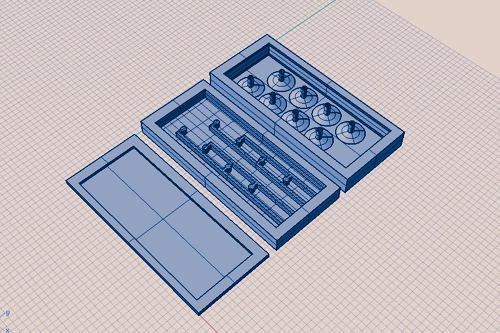
14 | final project
Phase 1

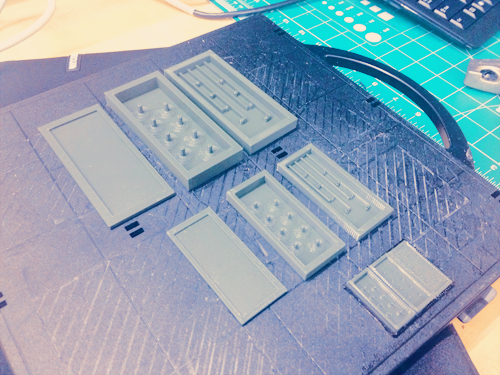
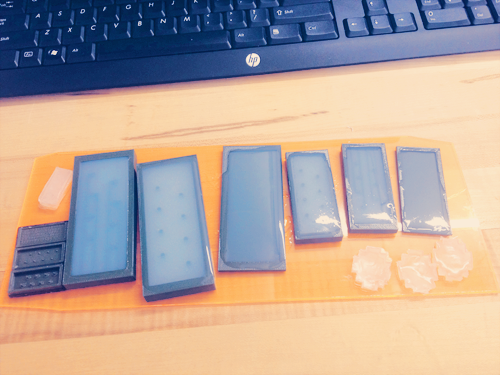
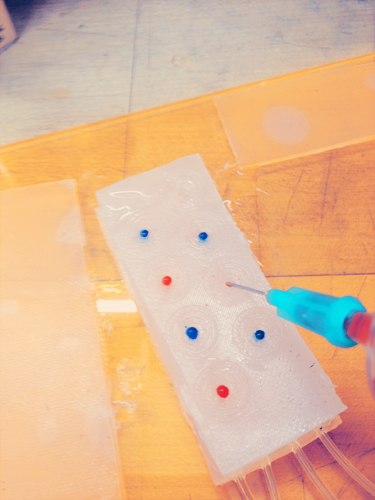
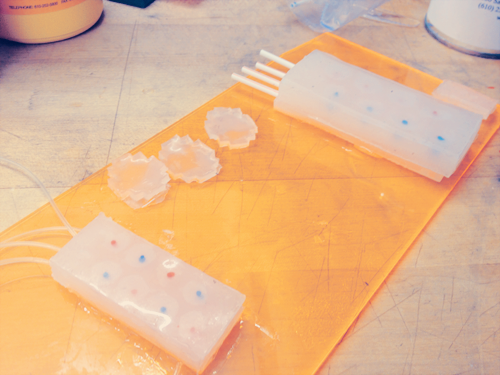
Issues: Skin did not expand the way I had hoped. Also I learned from the Harvard group that is is better to seal the silicon and create a small opening for the air tube.
Phase 2
After this i decided to play with forms I knew would expand and try to create a way to use this bubble expansion to magnify the col our change. I decided on a two layer half hemisphere model. The interior pocket would hold the air, and between the two bubble would be a layer of liquid. I tried prototyping single bubble and the results were promising.

Phase 3
So i decided to create an array of chromatophores using a hex grid and three color tiling pattern. I routed air lines so that each col our would be controlled individually. Originally i wanted to do a much larger scale but 3d printing time required was too high. The smaller scale ended up with finer details were difficult to work with.
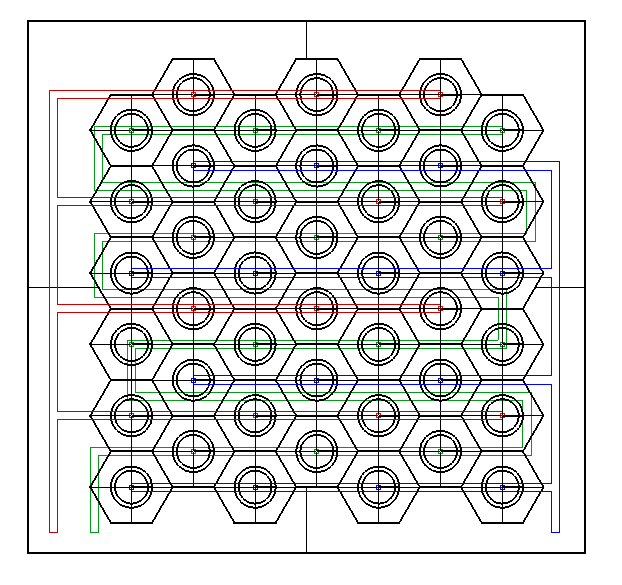
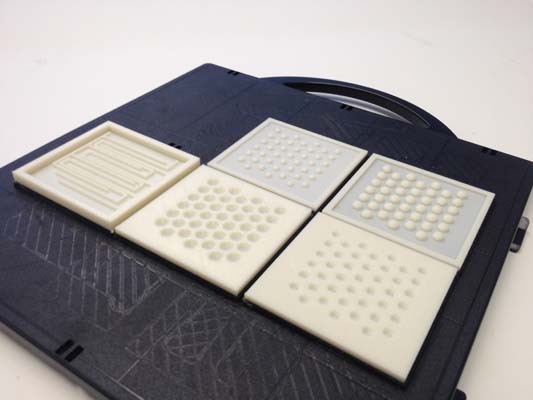
Small bubbles were preventing an air tight seal. I built a vacuum chamber which degassed the silicon.
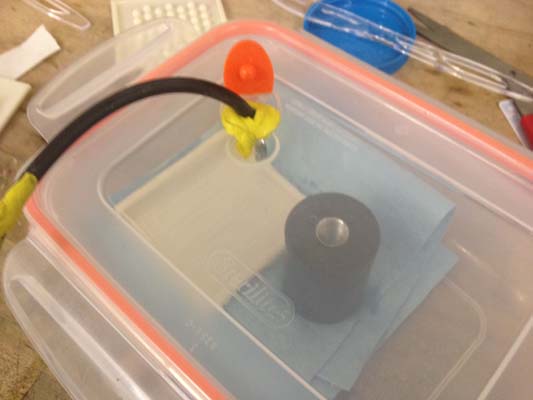
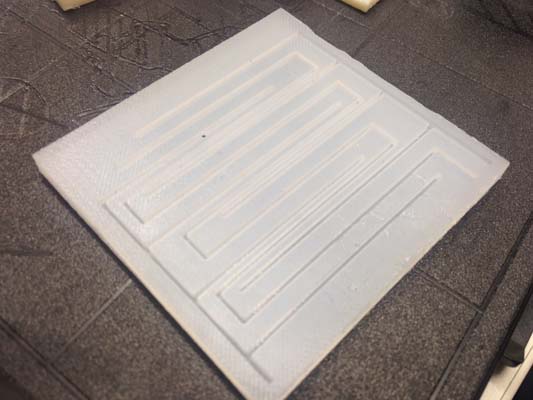



The seal between the two silicone layers was no strong enough and some of the bubbles mixed. When air was inflated the channels. Separation between the air channel layer and the first bubble layer occurred and differences between each col our was not as evident.
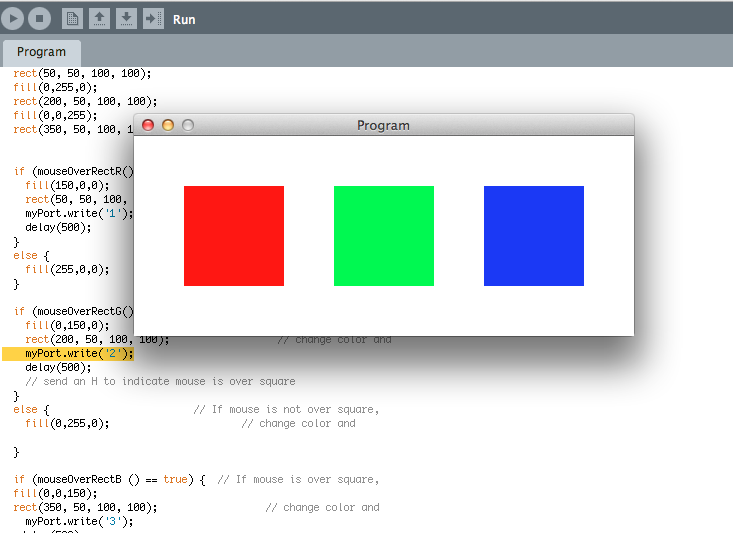
The program controls each solenoid individually.

Ultimately the some of the issue of layer separation could not be overcome. Timing the silicon setting so that it is firm enough to de mold but still forms a strong connection between layers I think is the key to making this work. In the future I will also explore using muscle wire instead of air which may have a more easily controlled effect.